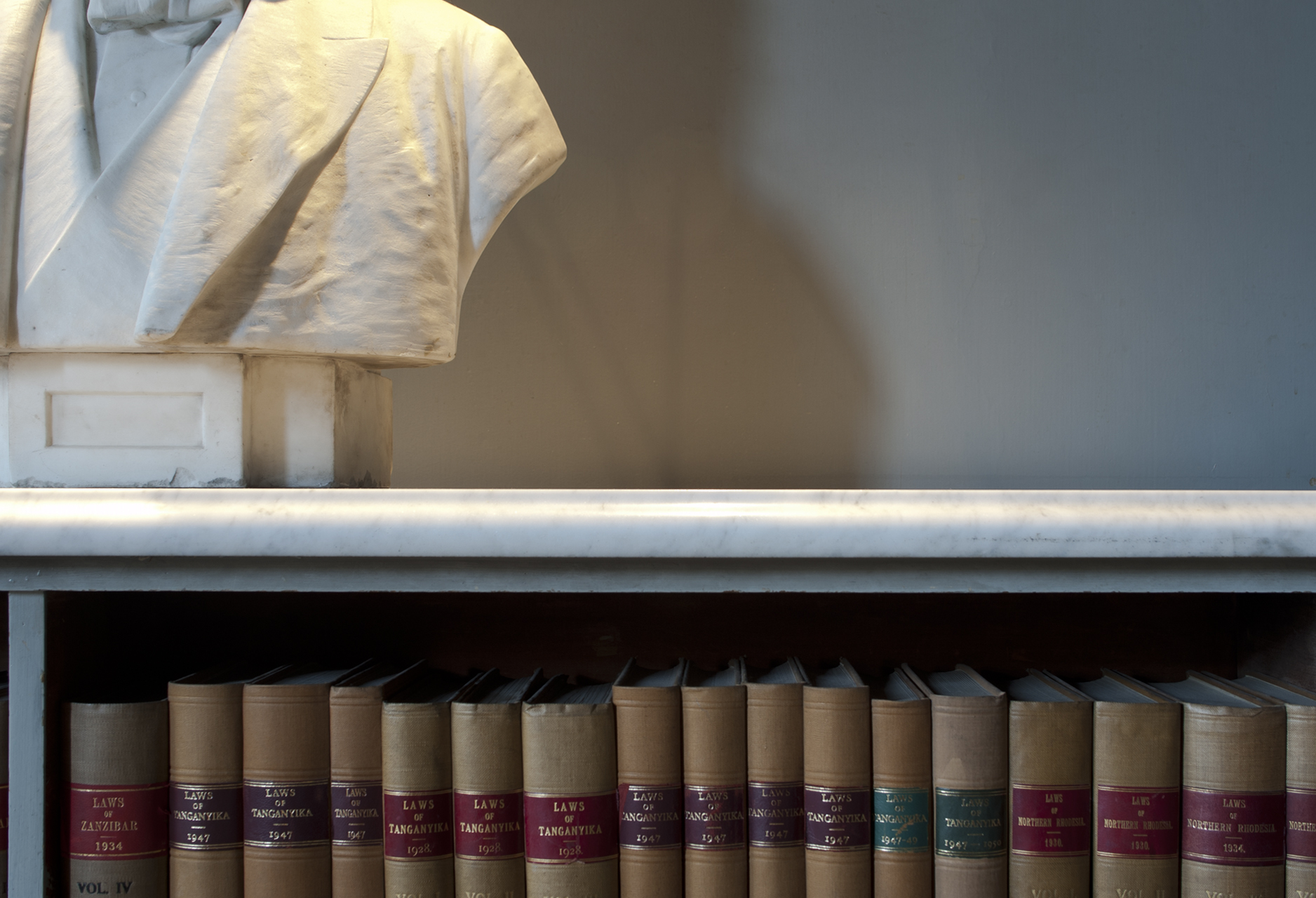THE WS SOCIETY ONLINE EXHIBITION 2024
We put on our hats, and it is scarcely more than a hundred paces to the neighbouring Paradise of Bokes called the Signet Library. It is like “the purple light” of Virgil’s Elysian fields, after the combined darkness and narrow limits from which we have just emerged. The site as well as the approaches to this Library are every thing we can wish them to be. Spacious, ornamental, commodious, and replenished thickly with goodly and gorgeous tomes, the whole has an absolutely palatial air. Grandees with furred cloaks should be the inmates. But let it not be supposed that the humblest aspirant many not obtain the volume of which he is in need, and that this interior is not frequented by students, artists, and readers of every grade and description. (Thomas Dibdin, A Bibliographical, antiquarian and picturesque tour in the northern counties of England and in Scotland 1838)
As Librarian of the Signet Library, Macvey Napier WS was the driving force behind the Library’s Georgian Golden Age.
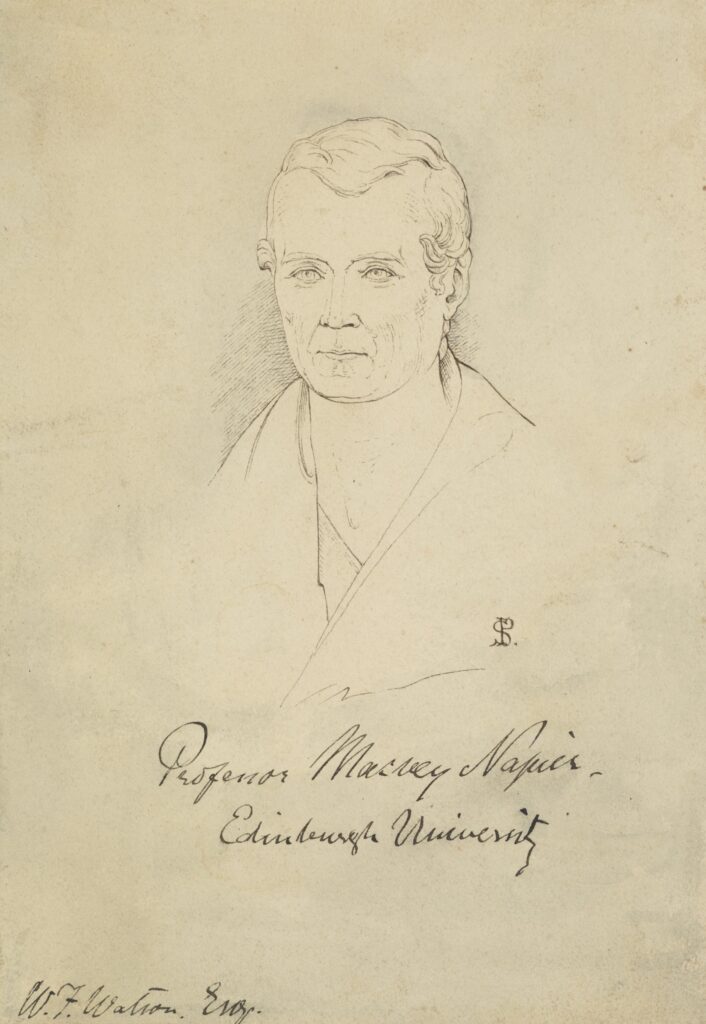
The man who would achieve so much in Edinburgh was actually a son of the west, born in Kirkintilloch in 1776. His father was John Macvey, a local merchant – and he matriculated at Glasgow University in 1789 under his original birth name of Napier Macvey. He is alleged to have made the reversal to “Macvey Napier” at the request of his maternal grandfather, John Napier of Craigannat. He studied at both Glasgow and Edinburgh Universities and after serving his legal apprenticeship with John Campbell WS of Annfield Napier was one of the last men to take the Society oath in the eighteenth century, becoming a Writer to the Signet on 6th December 1799.
The Signet Library’s Georgian effulgence is only one part of Napier’s astonishing and many-sided career. He was also the editor of the Encyclopaedia Britannica and of the Edinburgh Review when the Review was the most important quarterly literary magazine in the western world. He was an academician in both Edinburgh and London, and served as Principal Clerk of Session for the last twelve years of his life.
All that and a professorial chair! (The WS Society’s own Chair of Conveyancing). But here we celebrate Napier’s raising of the Signet Library from an excellent collection of 1100 books in 1805 to a world famous library of over 40,000 works by 1837, housed in a building that he more than anyone else could claim credit for and whose brilliant architect, William Stark, he had introduced to the project. As the great nineteenth century writer, traveller and bibliophile Thomas Dibdin put it, ..the arrangement of this Library is the work of his own master-hand and without Napier’s diligence and determination the project to build the new Library in West Parliament Square may have failed altogether.
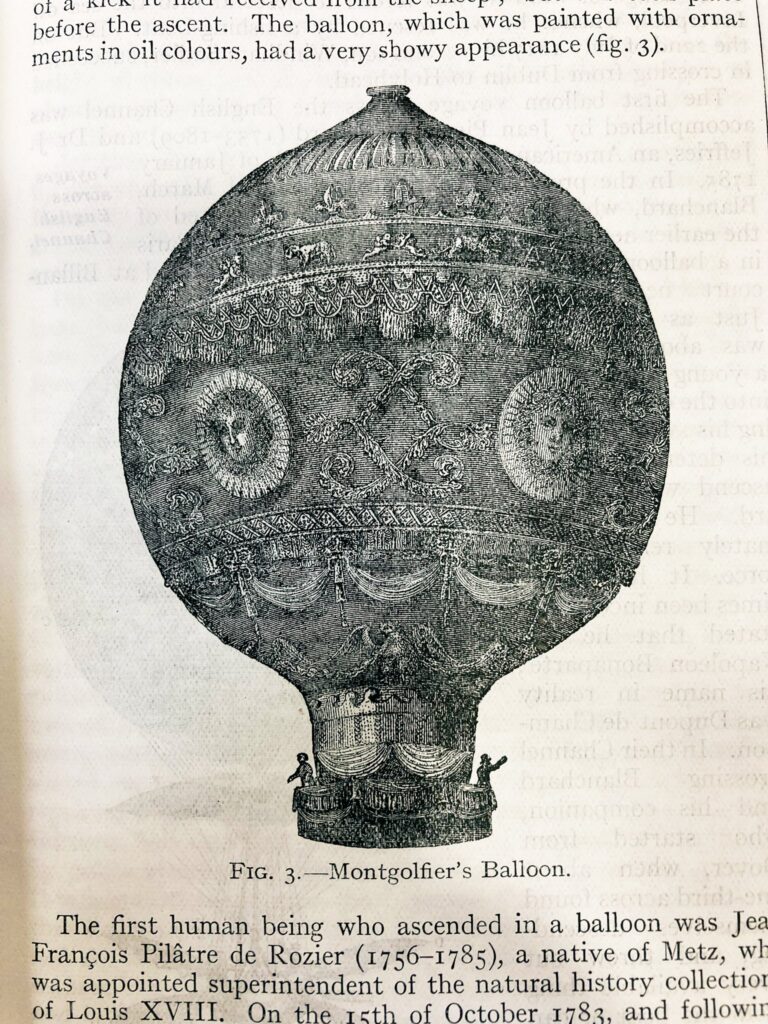

Macvey Napier: Builder of the Signet Library
When Napier ascended to the office of Librarian in 1805, the WS Society was still based in its original premises in Writers Court despite serious attempts over the latter part of the eighteenth century to escape the narrow confines of Robert Mylne’s 1694 tenement. In the 1790s, a plan to build a new headquarters for all of the members of Scotland’s College of Justice – the Senators (judges), the Faculty of Advocates and the Writers to the Signet – got as far as magnificent plans by none other than Robert Adam, only for the great architect to pass away before they could be made into reality.
But discussions reviving the idea were clearly underway amongst some parties at least shortly before Napier’s appointment as demonstrated by the rediscovery at the Signet Library of an 1804 drawing by Robert Reid of the proposed site for a new building with a public square before it.
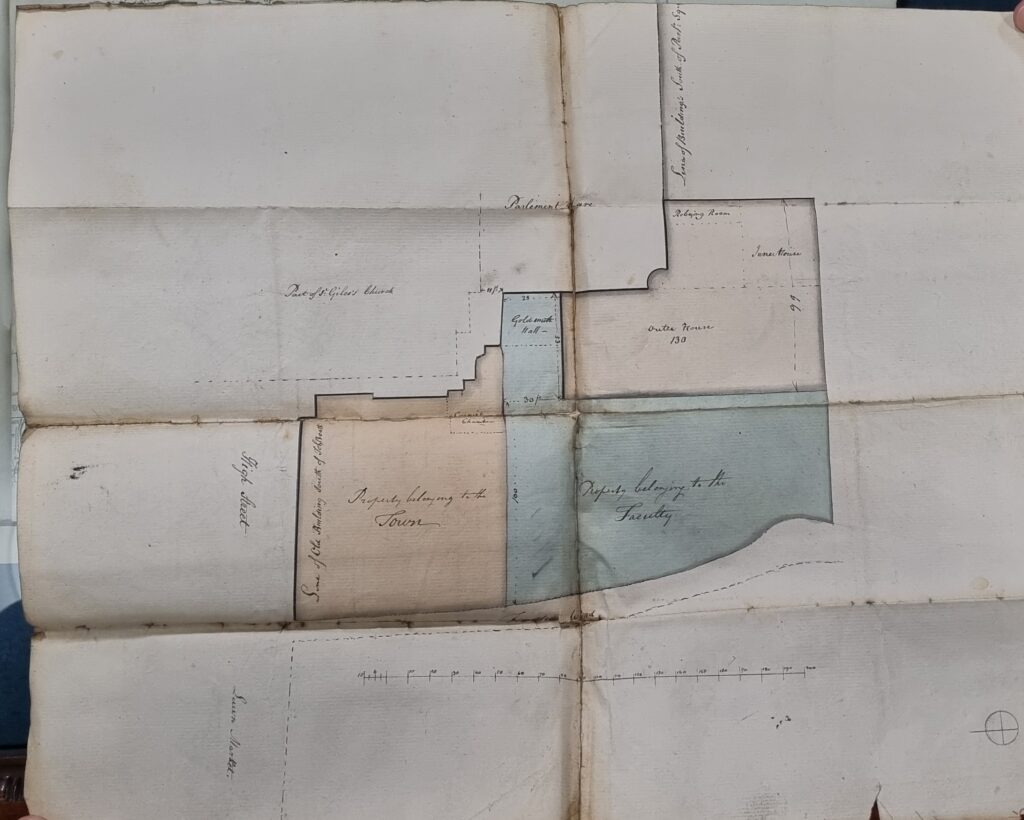
The Napoleonic Wars were still raging and the new building would not be completed for some years. As a stopgap, Macvey Napier encouraged the WS Society to extend its premises one more time in 1807 with a new room dedicated to the Library. A plan for bookshelves for the room survives – a design so similar to certain of the shelving in the Signet Library today as to hint that the 1807 shelves may have been intended to accompany the books into the new building. These shelves may survive in the current library today.
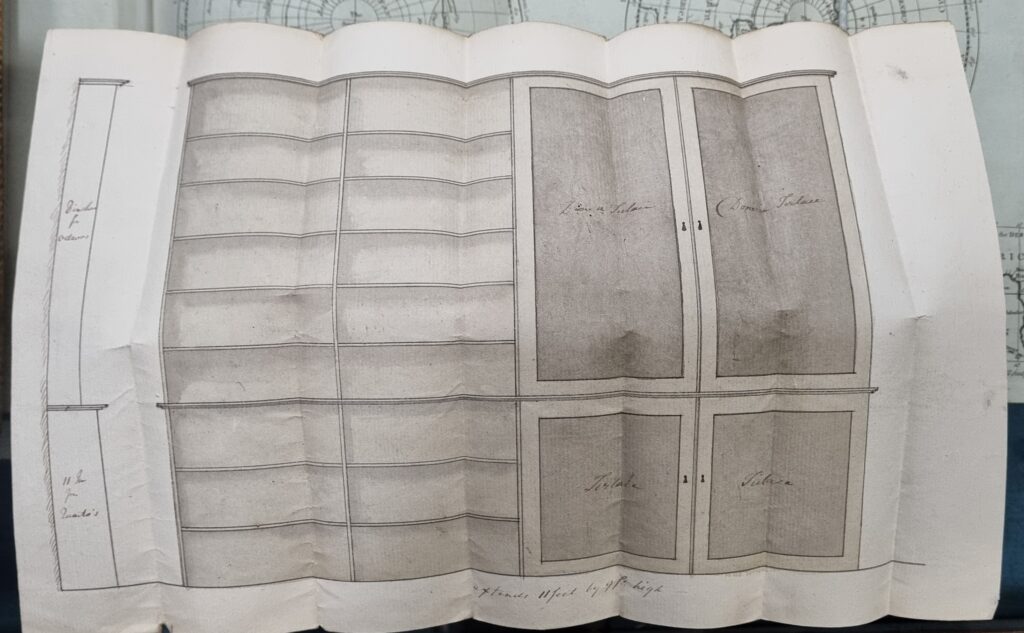
Work on the building for the College of Justice (that became what is the Signet Library today) eventually began in 1809, with the WS Society entering its new ground floor premises in November 1815. Throughout this period, Macvey Napier led the project for the WS Society with passion and energy, keeping a troubled project from stalling and keeping the wind in its sails despite prevarication and indecision from other quarters.
The Faculty of Advocates’ section of the building would not be altogether finished until the visit of King George IV in the summer of 1822. The anniversary of the building is drawn from the moment in August 1822 when the King entered the Upper Library on the arm of Sir Walter Scott and declared the space the most beautiful drawing room in Europe.
Further Reading
Macvey Napier the Elder, Biographical Notices of Macvey Napier (London 1847)
Macvey Napier (d. 1893) Selections from the Correspondence of the late Macvey Napier, Esq. (London 1879)
For the visit of King George IV, see Robert Pirie WS “Identity, Imagination and George IV in Edinburgh, 1822” in The Book of the Old Edinburgh Club New Series Vol. 18 2022.
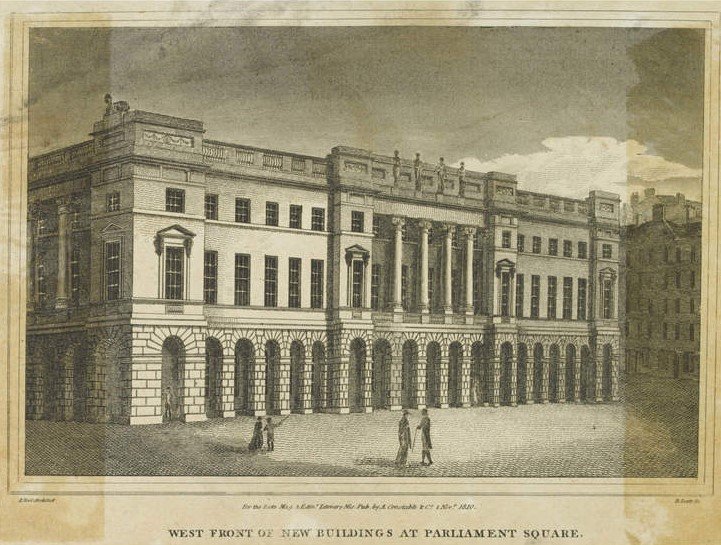
4. The Golden Age of the Signet Library
Macvey Napier: Golden Age Librarian
